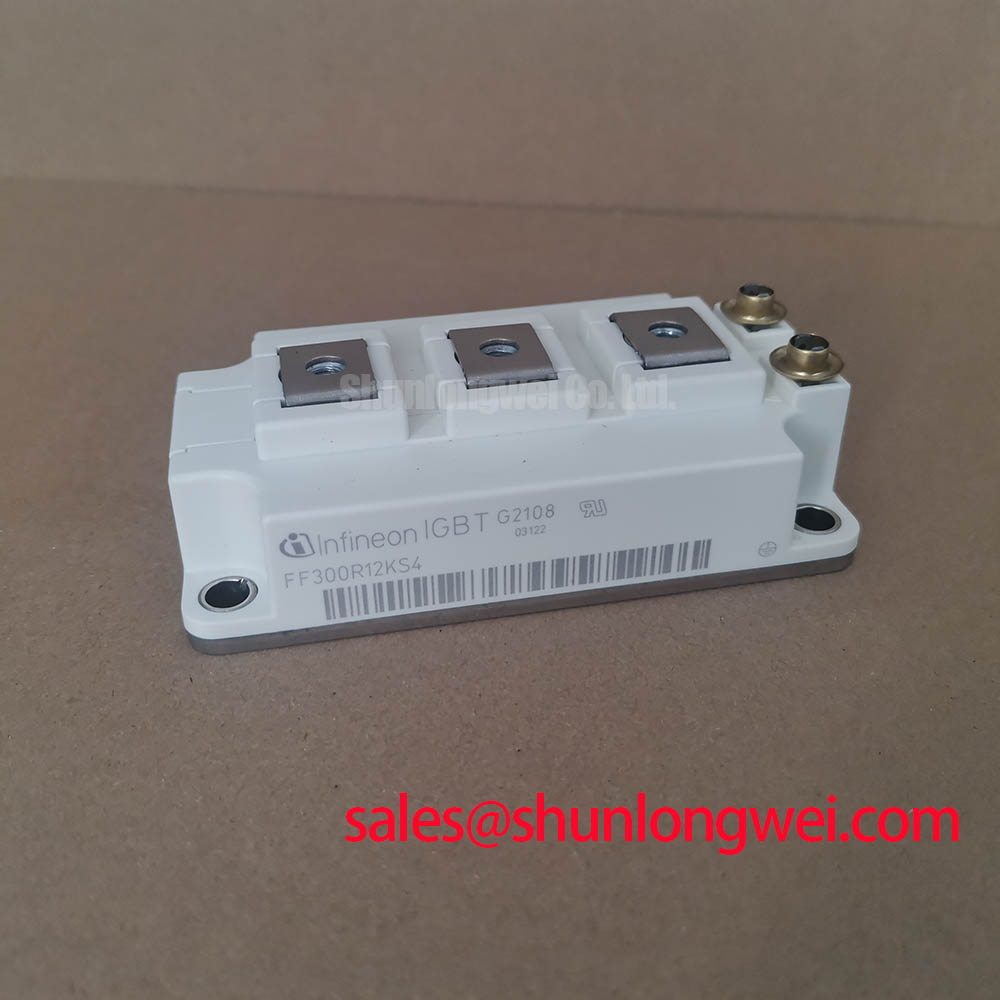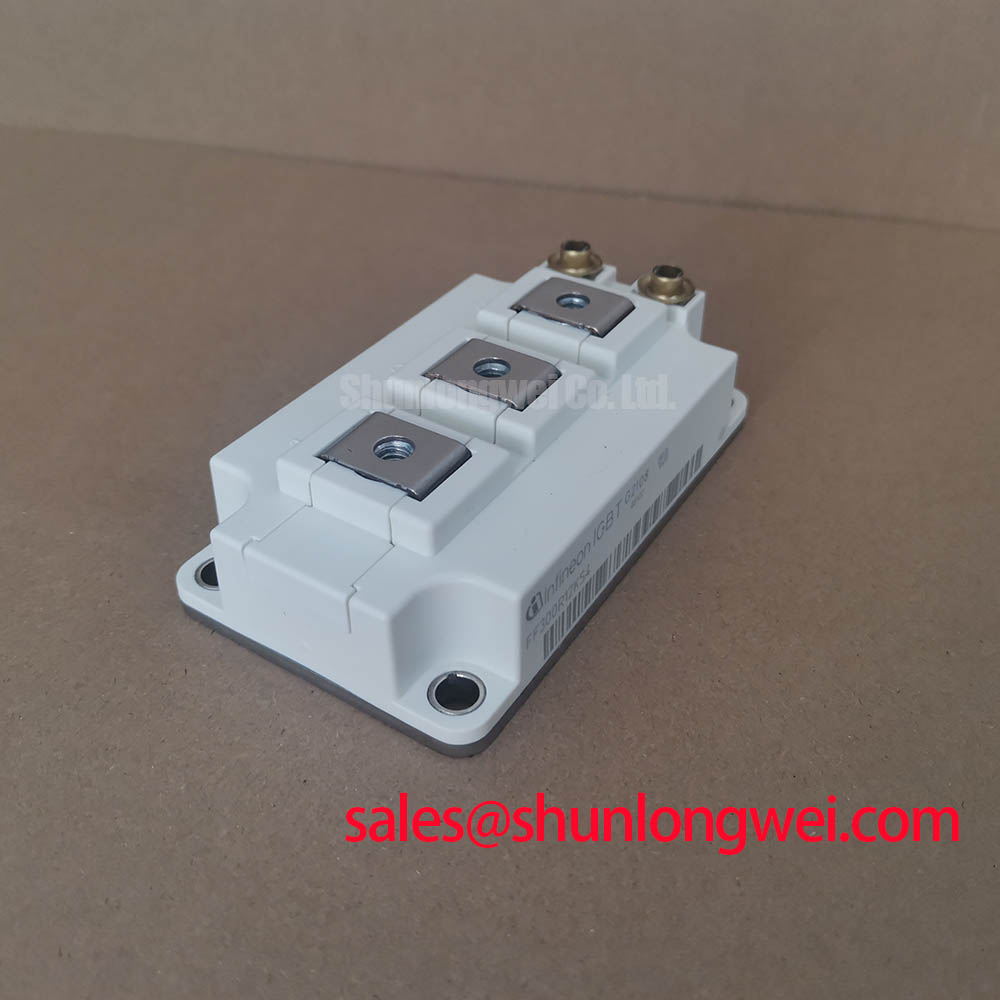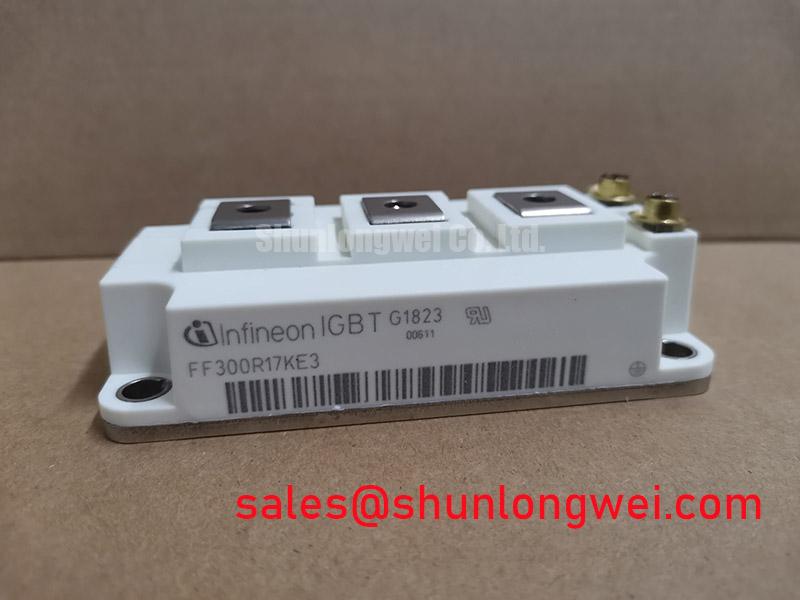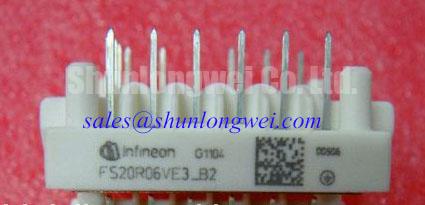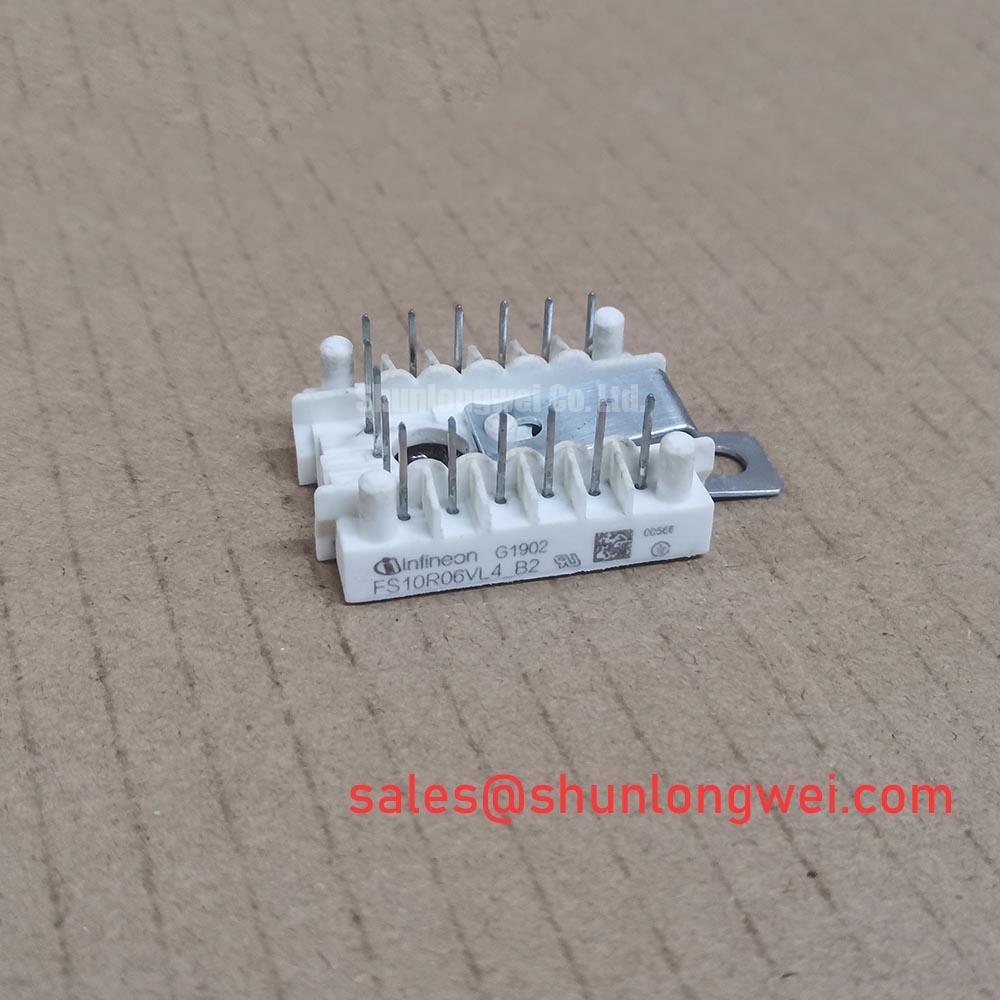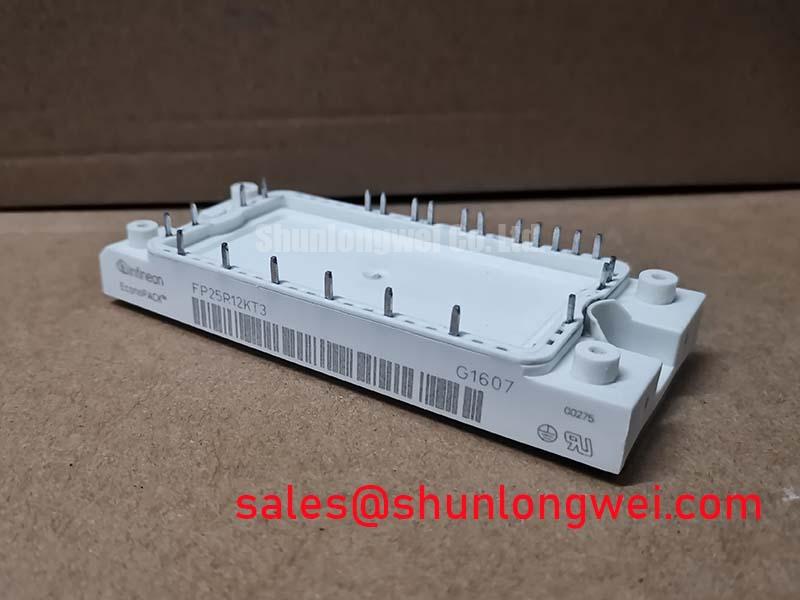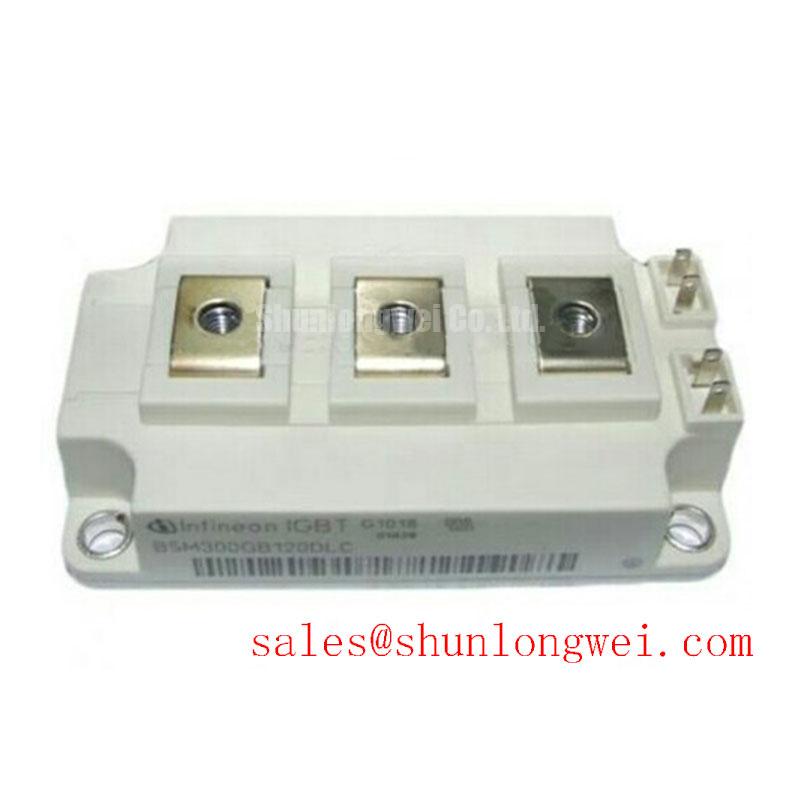Content last revised on November 19, 2025
FF300R12KS4 IGBT Module: Engineering Analysis of a 1200V, 300A EconoDUAL™ 3 for High-Efficiency Drives
Executive Summary: Key Specifications and Engineering Value
The Infineon FF300R12KS4 is an EconoDUAL™ 3 IGBT module engineered to deliver a benchmark in operational efficiency for medium-power applications. It leverages proven TRENCHSTOP™ IGBT3 technology to achieve a crucial balance between low conduction losses and controlled switching performance. With key specifications of 1200V | 300A | VCE(sat) 1.70V (typ.), this module provides two primary engineering benefits: optimized power conversion efficiency and enhanced system reliability under demanding load conditions. The IGBT3 silicon provides a well-documented and highly reliable solution for designers seeking to balance performance without adopting leading-edge technologies that may carry a cost premium. For medium-power motor drives and solar inverters requiring a robust balance of conduction and switching efficiency, this 300A IGBT3 module is a definitive choice.
Key Parameter Overview
Decoding the Specs for Balanced Performance
The technical specifications of the FF300R12KS4 are foundational to its performance in power conversion systems. The following table highlights the critical parameters that directly influence efficiency, thermal design, and operational robustness. Each value is derived from the official manufacturer's datasheet, representing the component's capabilities under specified test conditions.
| Parameter | Symbol | Value | Conditions |
|---|---|---|---|
| Collector-Emitter Voltage | VCE | 1200 V | Tj = 25°C |
| Continuous Collector Current | IC,nom | 300 A | - |
| Collector-Emitter Saturation Voltage | VCE(sat) | 1.70 V (typ) / 2.15 V (max) | IC = 300 A, VGE = 15 V, Tj = 125°C |
| Gate-Emitter Threshold Voltage | VGE(th) | 5.8 V | IC = 12.0 mA, VCE = VGE, Tj = 25°C |
| Total Switching Energy | Ets | 37 mJ (typ) | IC = 300 A, VCE = 600 V, VGE = ±15 V, RGon = 3.6 Ω, Tj = 125°C |
| Short Circuit Withstand Time | tsc | 10 µs | VGE ≤ 15 V, VCC = 800 V, Tj ≤ 150°C |
| Thermal Resistance, Junction to Case | Rth(j-c) | 0.075 K/W (per IGBT) | - |
| Maximum Junction Temperature | Tj,max | 150°C | - |
Download the FF300R12KS4 datasheet for detailed specifications and performance curves.
Application Scenarios & Value
Achieving System-Level Benefits in Industrial Power Conversion
The FF300R12KS4 is primarily optimized for industrial motor drives, renewable energy systems, and commercial power supplies where efficiency and long-term reliability are paramount. Its specifications make it a strong candidate for systems operating in the 50 kW to 150 kW power range.
High-Fidelity Engineering Scenario: Consider the design of a modern Variable Frequency Drive (VFD) targeting high efficiency classes like IE4. A primary engineering challenge is managing the heat generated by the power stage without increasing the overall enclosure size. The FF300R12KS4's low typical VCE(sat) of 1.70V directly confronts this issue. This low 'on-state' voltage drop minimizes conduction losses, which are a dominant factor in lower-frequency motor control applications using Pulse Width Modulation (PWM). The direct result is less waste heat, allowing engineers to specify a smaller, more cost-effective heatsink or increase the drive's power density within an existing thermal envelope. This attribute is a key enabler for creating more compact and cost-efficient high-efficiency drives.
For systems with different current demands, related components can provide tailored performance. The FF200R12KS4 offers a similar voltage rating for lower-power applications, while designers looking for the next generation of technology for higher switching frequencies might evaluate the FF300R12KE4.
Frequently Asked Questions (FAQ)
Engineering-Focused Inquiries for the FF300R12KS4
How does the TRENCHSTOP™ IGBT3 in the FF300R12KS4 differ from newer IGBT generations?
TRENCHSTOP™ IGBT3 is a mature and highly reliable technology designed to offer a robust balance between low conduction loss (VCE(sat)) and moderate switching losses. While newer technologies like IGBT4 or IGBT7 may offer lower switching losses for very high-frequency applications, IGBT3 provides an optimal, cost-effective performance point for typical motor drive and solar inverter frequencies (e.g., 4-16 kHz), where conduction losses are often more significant.
What is the practical benefit of the 1.70V typical VCE(sat) for a system designer?
A lower VCE(sat) directly translates to reduced power dissipation (P = VCE(sat) * IC) when the IGBT is conducting current. For a designer, this means lower junction temperatures, which enhances the module's lifespan and reliability. It also reduces the demands on the cooling system, potentially lowering the cost and size of the heatsink and fan, which is critical for overall system thermal management.
How does the 10µs short-circuit withstand time (tsc) enhance system reliability in a VFD?
In a VFD, a motor stall or phase-to-phase fault can cause a massive, near-instantaneous current draw. The 10µs withstand time is a critical safety margin. It guarantees that the IGBT can survive this high-stress event for 10 microseconds, providing ample time for the gate drive's protection circuitry (desaturation detection) to safely shut down the device, thus preventing a catastrophic module failure and protecting the entire drive.
Can the FF300R12KS4 be paralleled for higher current output?
Yes, modules in the EconoDUAL™ 3 package can be paralleled. However, successful paralleling requires careful design considerations. The positive temperature coefficient of VCE(sat) in IGBT3 technology provides a degree of self-balancing. Still, designers must ensure symmetrical busbar layout for balanced stray inductances and use gate drivers with closely matched propagation delays to ensure even current sharing during switching transients.
What is the significance of the integrated NTC thermistor in this module?
The integrated NTC (Negative Temperature Coefficient) thermistor provides a direct, real-time method for monitoring the module's baseplate temperature. This feedback is essential for the system's control logic to implement over-temperature protection, derate power output gracefully if approaching thermal limits, and for fan speed control, thereby enhancing both safety and operational efficiency.
Technical Deep Dive
An Engineering Breakdown of the TRENCHSTOP™ IGBT3 and Diode Performance
At the core of the FF300R12KS4 is the Infineon TRENCHSTOP™ IGBT3 technology. This silicon design represents a strategic trade-off critical for mainstream industrial applications. What is the core technology of the FF300R12KS4? It utilizes Infineon's TRENCHSTOP™ IGBT3 technology. To understand its value, one can use a mechanical analogy: think of VCE(sat) as the static 'friction' when a switch is fully closed, and switching loss as the energy 'spent' to physically flip that switch. The IGBT3 is like a well-engineered mechanical switch—it minimizes friction (low VCE(sat)) without requiring excessive force to operate (controlled switching losses). This balance ensures high efficiency across a wide range of operating conditions typical in motor drives.
Equally important is the integrated Emitter Controlled 3 freewheeling diode. This diode is co-packaged and specifically optimized to work with the IGBT3. How does its low VCE(sat) benefit system design? It reduces conduction losses, lowering thermal management requirements. The diode's "soft" recovery characteristic is a key feature. During turn-off, a "snappy" or abrupt diode recovery can induce significant voltage overshoots and ringing, creating electromagnetic interference (EMI). The Emitter Controlled 3 diode is designed for a smoother recovery, akin to a hydraulic damper. This reduces voltage stress on the IGBT and simplifies the design of external snubber circuits, helping systems meet stringent EMI/EMC standards like IEC 61800-3 with less filtering and redesign effort.
From the Engineer's Bench
Practical Implications for System Design and Reliability
From a design engineering perspective, the FF300R12KS4 represents a pragmatic and robust choice. It is not about chasing the absolute lowest switching loss or the lowest possible conduction loss at any cost. Instead, it embodies a well-balanced design philosophy centered on high reliability and excellent performance within the most common application space: industrial drives and power supplies. The use of the industry-standard EconoDUAL™ 3 package simplifies mechanical integration and ensures a predictable thermal interface. For engineers tasked with developing cost-effective, durable, and efficient power converters, this module offers a proven foundation, minimizing design risks and accelerating time-to-market.

